Fleet directors traditionally cut their teeth managing small fleets or absorbing knowledge in junior roles before being promoted into senior positions.
But change is afoot, triggered by an evolution in the responsibilities of the fleet decision-maker. Some of the UK’s largest operators have started to look beyond the established fleet heartland when recruiting their strategic leaders.
Centrica, which runs the country’s third largest fleet, was one of the first to opt for this new approach following the departure of Steve Winter in 2022.
At the time, the appointment of Rob Simister as group head of fleet operations – since promoted to director, fleet operations – appeared to be an unconventional decision.
A cursory glance of Simister’s curriculum vitae revealed a successful career in media, software and gaming, most notably as global relationships lead for Xbox and business development director at Microsoft.
But scan further, and the first hints materialise of an underlying interest in the automotive sector.
Simister’s first job was a YTS van driver before working in one of branches at GKN Auto Parts. Long before then, even, he was a self-confessed automotive enthusiast, subscribing to What Car? at the age of 11 and spending his formative years building Caterhams.
“I’ve always been a passionate fan of the automotive industry from the outside,” Simister told Fleet News at the Centrica head office in Windsor.
Fresh skills set and strategic acumen
Just minutes into our discussion, it becomes abundantly evident that Simister brings a fresh skill set and new experiences to the role of fleet decision-maker. A different perspective, even, as well as a wealth of transferrable skills.
He displays a high level of strategic acumen, with an innovative approach to solving complex challenges, while his soft skills have been honed by running teams at both start-up and global level and are relevant to any industry and any type of business.
“I’ve had a solid background as my bedrock, with skills from enterprise sales and working with the C-suite that are pertinent in a corporate like this with the number of vehicles we have. I’m very aligned with process ways of working,” Simister said.
“I also have an outsider’s view, something I also had when I arrived in the gaming and IT industries.”
He added: “Everyone thinks fleet is easy, but I love that fact that it is a challenging role, especially now as we transition from one fuel type to another. It’s a dream come true to be in this industry.”
He's supported by a strong fleet team of six, including experienced fleet engineering and innovation manager Matt Harris, a 35-year veteran of Centrica.
So what vision did Simister sell Centrica, the parent of British Gas, during the interview process?
“My view was to manage the fleet to the betterment of the company, rather than just managing a fleet,” he explained. “We have to unlock value for Centrica, but we also have to raise the importance of fleet within the business – too often it’s not had a high enough profile.
“To me, we don’t have 8,000 vans, we have 8,000 mobile ‘shop windows’ and 8,000 offices for our engineers on the road. It’s the way we make money; if engineers don’t get to their job, we can’t work and serve our customers. Fleet is such an important part of the business.”
The importance of the fleet manager
A Fellow of the Association of Fleet Professionals (AFP), Simister has strident views about the fleet sector and believes the AFP has a key part to play in establishing a better understanding at board level about the importance of the fleet manager.
“We are constantly selling upwards, demonstrating how we are unlocking value in the fleet while staying on budget,” he said. “We have to build our credibility internally to have a voice at the table.”
One of his first actions after appointment was to “change the dynamic” of some ingrained working practices, starting with the management of key suppliers.
“We needed to have a service level agreement with one partner who manages all our key suppliers within a supply chain management framework,” he said. “We performance manage against the SLAs we have set.
“I don’t want to manage Kwik Fit; I want a tyre at a certain price at the right time which meets the SLA, but the relationship is managed by our main partner.”
Working with long-standing partner Novuna Vehicle Solutions, Simister devised this new way of working, which the leasing provider has since added to its broad arsenal of services.
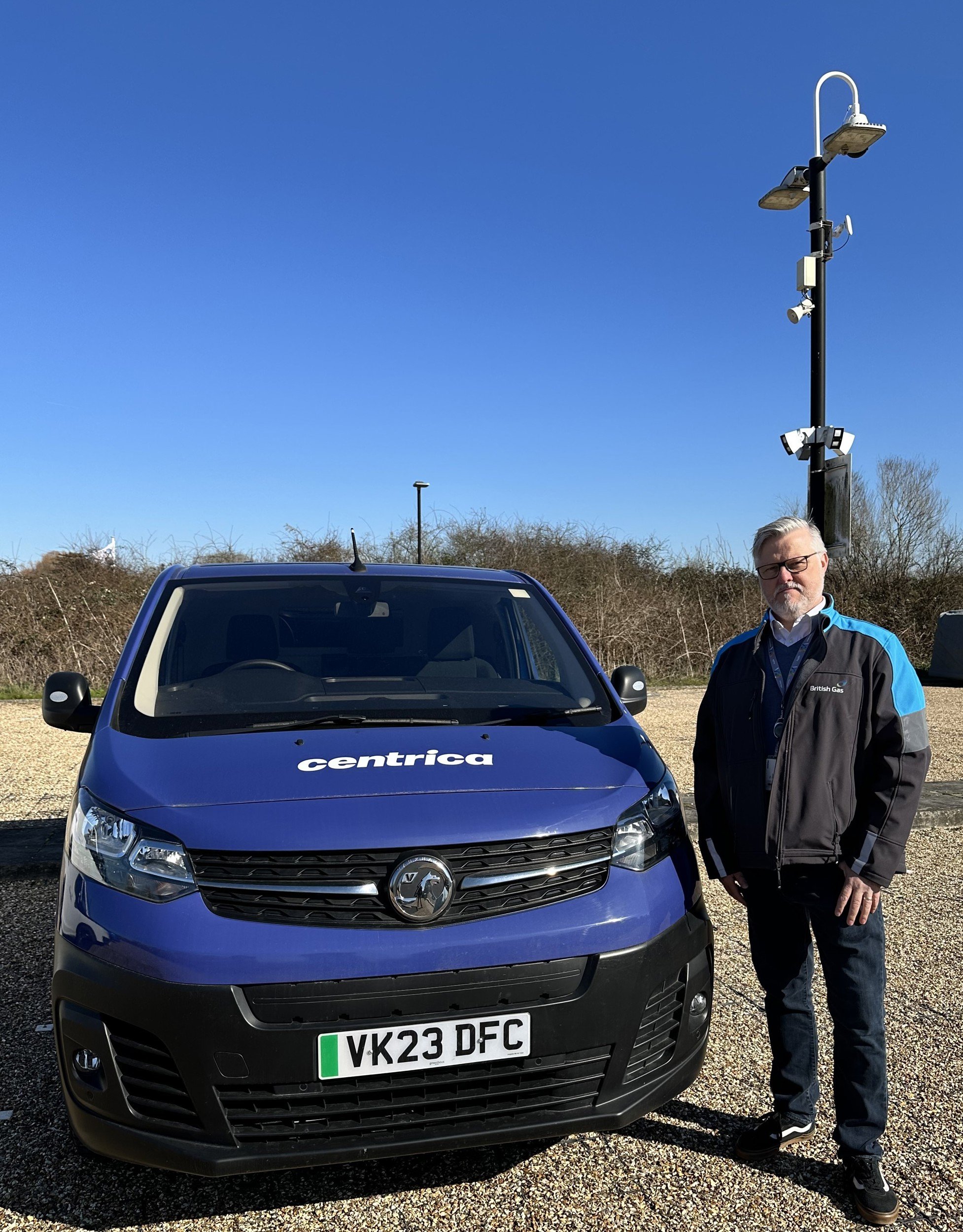
Video
Challenge of electrifying vans
Simister joined Centrica as its transformation to an all-electric fleet was well underway, although with sizeable obstacles in operationalising the electric commercial fleet still to hurdle.
The 1,500-strong company car fleet, procured on operating lease with maintenance, has been the easiest to transition thanks to the BIK incentives; 85% are already full electric, with the balance switching by next year. It’s a similar story with the 500 cars on the salary sacrifice scheme.
Vans present the greater challenges. A third of the light commercial fleet is electric, but all 8,000 vehicles return to home.
Centrica’s stats show that the range of its medium-sized vans, which travel racked and fully loaded, can drop from 150 miles in summer to 120 in winter. The WLTP figure is just over 200 miles.
“They are harder to deliver and make operational to release the value in the assets,” Simister said.
He’s had to address some unexpected issues, such as the speed with which the 12-volt battery can drain. Centrica resolved the problem by fitting solar panels to all its vans, a six-figure investment.
While he has not made any dramatic changes to Centrica’s operating model, “the key is to try and mitigate and minimise the cost of public charging, which means home charging, where possible”.
Simister recognises that this transfers the fuelling responsibility from large public operations to a home address and domestic bill, “so we have to get it right”.
It also means that, from the perspective of the driver, these vehicles have gone from low to high management in terms of how, where and how long they are charged.
Priority list of charging preferences
Simister has drafted a priority list of four charging preferences with the emphasis on minimising downtime rather than simply minimising charging fees:
- Home charging – the cheapest option with no downtime, which means TCO is significantly lower than diesel.
- Virtual home charging – using a local partner to charge the van overnight near the driver’s home. “We are working with several partners to deliver this,” Simister said. Again, zero downtime, with a TCO that is close to diesel.
- Private rapid charging – Centrica recently announced a partnership with First Group to charge its vans at bus depots during the day, which reduces cost and can help lower downtime by guaranteeing access to a charge point at the fastest speed available.
- Public rapid charging – the least attractive of the four options but, again, focus remains on minimising downtime. For example, Centrica is partnering to install/utilise drop box lockers at rapid charging sites for engineers to collect parts for their next jobs while charging – for example with Gridserve in Colchester. Engineers have 15 minutes to load up but, currently, the lockers are often located nearer to their homes than a rapid charge point . “This is one of the things we are working on changing,” said Simister.
Downtime is Simister’s main concern when it comes to electric charging. The cost of a 40-minute charge across a fleet of 8,000 vans runs into tens of thousands of pounds when considering the negative impact on utilisation – far more than the kWh cost of the actual charging.
“We have to win the hearts and minds of multiple partners,” he added. “Engineers in terms of how they use the vehicles, management on the cost and understanding it’s a different way of working and managing, and the manufacturers on charging speeds and understanding that downtime is our big priority. We have to operationalise the fleet in a professional manner in partnership with the business.”
Public charging infrastructure remains an issue, in particular the lack of consistency on charging speeds across different units which claim the same kW power output.
Simister is working on a solution to connect his vans to Centrica’s dispatch system, so it manages when and where the van is charged rather than the driver, with decisions based on journey requirements, workload and daily jobs.
“This is all doable, but we have to stitch lots of areas together, working with all our partners, to facilitate the best charging options,” Simister said. “We have to be much more involved than ICE, but this will help to minimise our downtime.”
His net zero target is 2030 for the remaining 5,000 vans, which will transition in three procurement tranches starting next year. Some diesel vehicles have been extended to fit within this buying cycle.
Hydrogen trials show potential
Hydrogen has not been ruled out for some parts of the fleet, following trials with the Vauxhall Vivaro.
“Range was lower than expected but less affected by conditions than battery electric,” said Simister. “The lower fill time was key. Even with a potential higher procurement cost, the total cost of ownership was lower than an EV van because of the lower downtime for fuelling based on current charging infrastructure.
“Battery is still the best solution for a large proportion of our fleet, but hydrogen has a lot of positives for some parts of our business and workloads and could be part of the net zero mix.”
Electrification has been a significant catalyst that is transforming the role and purpose of a fleet manager, believes Simister, but changes run much deeper than that.
“It’s about unlocking value to the business with better processes,” he said. “One of the surprises when I joined was that much of the industry manages on multiple spreadsheets. We need to get everything into a dashboard with BI (business intelligence) capability.
“We need self-serve information about the fleet and clarity on cost, budget and KPIs, with trended data from our partners on all our vehicles. We are building our software, and our telematics upgrade will be key.”
Data is key to fleet efficiency
Centrica is moving to Geotab and OEM based telematics system over the next few months which will help Simister to evaluate data on battery status as well as a future of pre-emptive maintenance events before they occur. It’s about much more than simply assessing usage, although that remains an important priority.
Telematics data will be merged with data from app-based manual checks and driver-reported concerns to ensure vans are fit for purpose, minimising downtime events.
In addition, engineer meetings, which can see 200-300 vans gathered at one venue, are now treated as opportunities to bring together the likes of Kwik Fit, RAC and solar fitment suppliers etc. to carry out maintenance and vehicle checks.
Introduced last year, 10% of the fleet has been serviced in this way, reducing downtime by half a day per van and saving thousands of pounds in lost productivity.
Further savings are still anticipated. For example, working with its supply chain team to better assess job roles and the weight of parts required for jobs could enable downsizing of some vans.
“Every kilogram counts; we have a real opportunity to make a massive impact on the van fleet, which will also influence how much charge we have to put into each vehicle every day,” Simister said.
“We have to work with a lot of departments within the business to do this; it’s a big piece of work.”
Simister predicts that the rate of change will continue to accelerate, pointing to the as-yet unexplored possibilities offered by artificial intelligence.
“We don’t understand yet how AI could make a difference in fleet,” he said. “But I have challenged the team to look at AI and how we can utilise it to add value.
“For example, establishing accident management costs for disposals or trend analysis on our fleet and how it compares to other fleets. Do we have common issues that are industry wide?”
He added: “This will become a big focus, but we can only do it if we have the basics right. And that comes back to having the right data with live feeds from all our suppliers that we can bring together in a single dashboard. That’s another one of my priorities: data in, data out.”



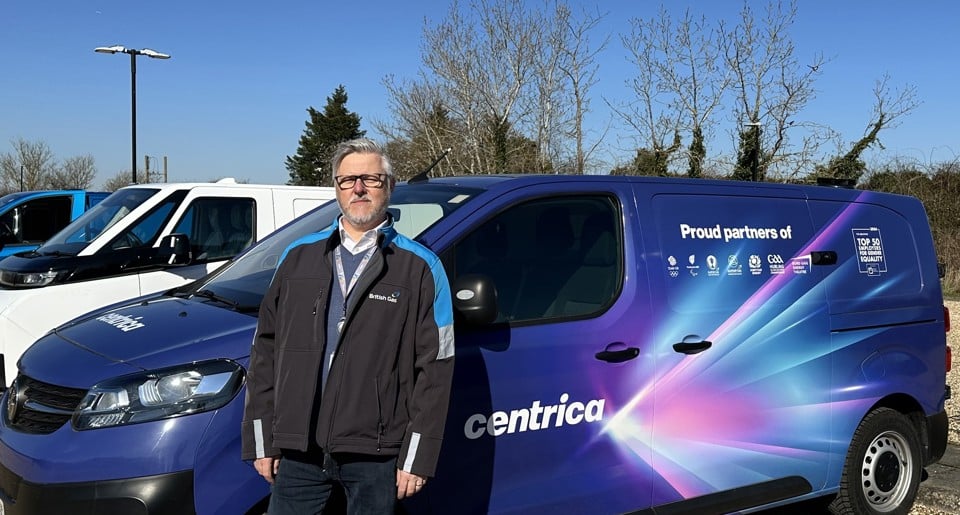




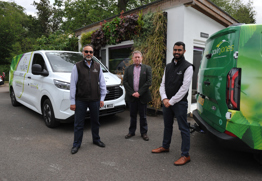

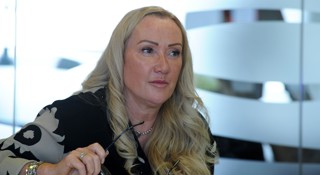
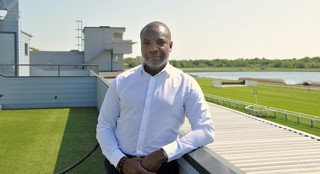
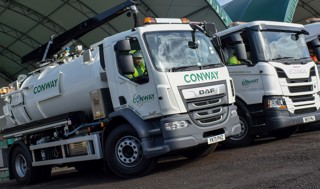

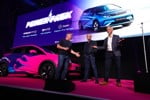





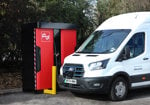
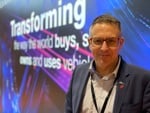
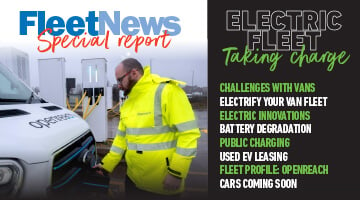

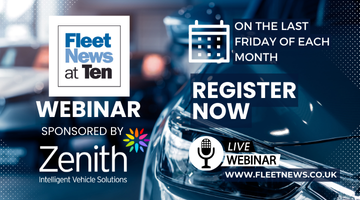
Login to comment
Comments
No comments have been made yet.